Thursday, 16 May 2024
Menu

We invite you to read the interview we conducted with Krzysztof Wnorowski, SSI Instructor Trainer and owner of Tryton Dive Centre in Gdansk. Krzysiek recently returned from Germany, where he was learning about new training programs, for technical courses in SSI XR and TXR. In an interview with us, he explains what each training is about, and answers questions about closed circuit and sidemount configurations in SSI.
Tomasz Andrukajtis: Hello Krzysiek, you have just returned from Germany, where exactly were you and for what purpose?
Krzysztof Wnorowski: Hi, that’s right, I was in Germany, Siegburg to be precise, near Cologne. I visited the Dive4life dive centre there, where I underwent an update of the SSI technical education programmes, the so-called TXR.
TA: Why did SSI HQ feel that an update was necessary?
KW: The TXR programme, was already known much earlier, but it was decided to improve it and rebuild it from scratch. As a result, two new risers were created – XR and TXR.
TA: Why was the new division introduced?
KW: SSI did this with the aim of satisfying the needs of all divers, even the most picky ones. Currently, we create the possibility of extending your skills on wrecks and in caves, without any limitations in their penetration. On the other hand, trimix qualifications allow you to dive to the depth of 100m. TXR was divided because it was noticed that there is a large group of people who want to have technical knowledge, but do not want to engage in very difficult and extreme dives. This group goes beyond recreational diving with their knowledge and equipment, but not so much with their dives. I observe this situation in my centre every day. People buy a two-bottle set, buy a stage, but they still conduct their dives in a lake, in strongly controlled conditions, or on shallow wrecks. The XR was created for such people. TXR, is for people who want to use their knowledge and skills in actual technical dives.

TA: Let’s start perhaps with the XR programme, it wasn’t there before?
KW: Yes, it has been sort of separated from TXR and today it can provide a route into it. XR offers the opportunity to develop on 3 different levels: cave, wreck and depth, each of which leads to the Extendet Range course, which is the pass to start training with the TXR vertical.
TA: Then outline what the different training courses and routes are like at XR
KW: Depending on our interests and what our ambitions are, we can take either route. If we are attracted to caves, XR offers us the Cavern and Intro to Cave courses. The first allows us to move through the vestibules of caves, no further than the range of external light. There is also a depth and distance limit here, which is 30m in total.
TA: What are the limits?
KW: This means that, for example, at a depth of 25m, we can go into the depths only 5m, as long as the sunlight allows us, of course. If the depth is 30m, we cannot enter the vestibule at all. An extension of this course is the previously mentioned Intro to Cave.
TA: What restrictions apply to a diver with such training?
KW: Here the main limitation is the capacity of the cylinder. The diver can only use a single flask and as soon as he uses up 1/3 of his air supply, he must turn back.
TA: It has to be said that such restrictions do not allow cave exploration to go too far.
KW: Yes, this is also the assumption. The aim of these courses is not to learn how to penetrate caves, but only to introduce the diver and familiarise them with the ‘overhead’ environment.

TA: So let’s move on to wrecks. What has SSI prepared for the wide range of divers who target wrecks?
KW: Among the XR courses there is only one wreck course – Advanced Wreck, which is a continuation of the specialisation – Wreck Diving. It extends the diver’s repertoire of possibilities by entering the interior of wrecks, however, similarly to caves, we are limited by the depth and distance limit of 30m and the range of external light.
TA: And what is the situation, those who are fascinated by depth?
KW: Here the situation is as follows, we have Adv. Nitrox training, but we can combine it with the already mentioned Extendet Range and do both as one unit. However, if we decide to do them separately, Adv. Nitrox allows us to use decompression gases and conduct dives in which the total sum of decompression stops does not exceed 15 minutes. Extendet Range, on the other hand, increases our depth limit to 45m and the total number of decompression stops to 30min.
TA: Ok, so we have 3 ways forward in XR, what next? If we feel that this is not the end of our possibilities?
KW: If we have taken any of the routes mentioned and completed the Extendet Range course, we can consider the TXR training offer.
TA: In TXR, did SSI anticipate a continuation of the pathways from XR?
KW: Exactly yes, there is also the Trimix track, awaited by many.
TA In that case, please tell us, in a similar way as with the XR, what opportunities the TXR vertical offers.
KW: Technical Extendet Range, is a division which consists of 4 development paths and as the name suggests, these are fully technical courses. There is a continuation of learning for future cave divers, which consists of courses: Basic Cave and Cave. However, if you feel up to it, you can combine both courses. In case we decide to do them separately, the period between finishing Basic Cave and starting Cave cannot exceed 6 months, otherwise we will have to repeat Basic Cave training.
TA: What is this due to?
KW: You know, with cave diving there are no jokes, here everything has to be done in the right way or we will suffer the unpleasant consequences. It’s a bit like with a driving licence. If you take too long to practice, you’ll just forget a lot of things and fail the test.
TA: I see. The last path to continue from the XR level, is the one for wreck divers…
KW: That’s right, it is a Tech Wreck training course. It is a course which prepares us for deep diving into the interior and full penetration of the wreck. During the course, the instructor will provide us with knowledge on how to move around the wreck itself, as well as inside tight and dark rooms. Unfortunately, there is a problem to conduct this training in Poland, due to the lack of large, shallow and fully accessible wrecks located relatively close to the shore.
TA: So it won’t be possible to do this training in Poland?
KW: It is more complicated, but possible. The whole problem, we can solve by doing TXR Trimix permissions. This will definitely increase the list of available wrecks on which we can conduct training.

TA: And what does the TXR Trimix training look like?
KW: It is divided into normoxic and hypoxic trimix. The first one entitles to dive on a mixture containing 18% of helium. We can continue our development by passing a training with the use of hypoxic trimix, which will allow us to dive to 100m. Additionally, it entitles us to swim with any number of stage cylinders and gases.
TA: Actually, according to what you said, the whole thing was rebuilt from scratch. That being said, I have two more questions about technical training at SSI. The first is the training materials…
KW: For all the training we have talked about, there will be translated training materials available, both for the trainee and the instructor or trainer.
TA: So characteristically, SSI puts a lot of emphasis on the accessibility and accessibility of training materials?
KW: That is correct.
TA: I think we have exhausted this topic. Tell me, was there anything else mentioned in Germany?
KW: Yes. SSI has also come up with CCR and SCR closed circuits. They are also divided into 2 levels. The first up to 20m and the second advanced up to 40m with bailout. Additionally, trimix and advanced trimix levels are being prepared. This type of training is new to SSI, but among us, there are already instructors who train rebreather divers in other organisations, so it is enough if they do a cross training course. There was also talk of sidemount gaining popularity. For now it will be available in a recreational configuration, but there are plans to develop this further.
TA: So SSI is trying to make your offer, to be more comprehensive…
KW: That is correct. We want our divers, to be able to train with us, in all directions available.
TA: Thanks for the interview and good luck!
KW: Thanks and greetings to all readers!



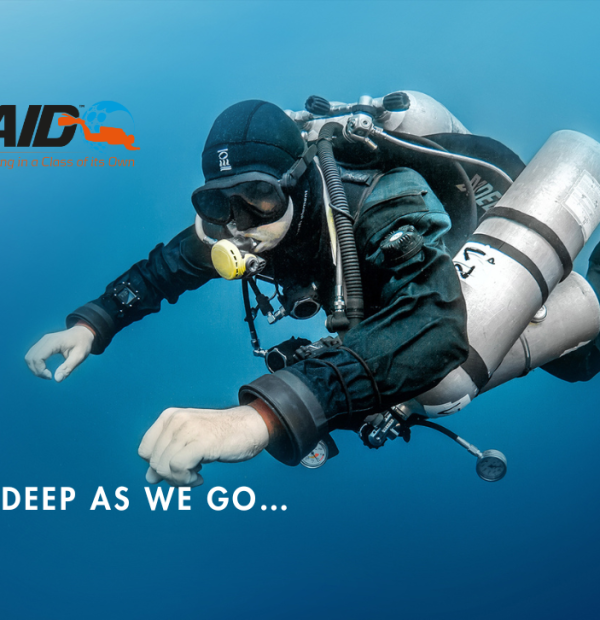

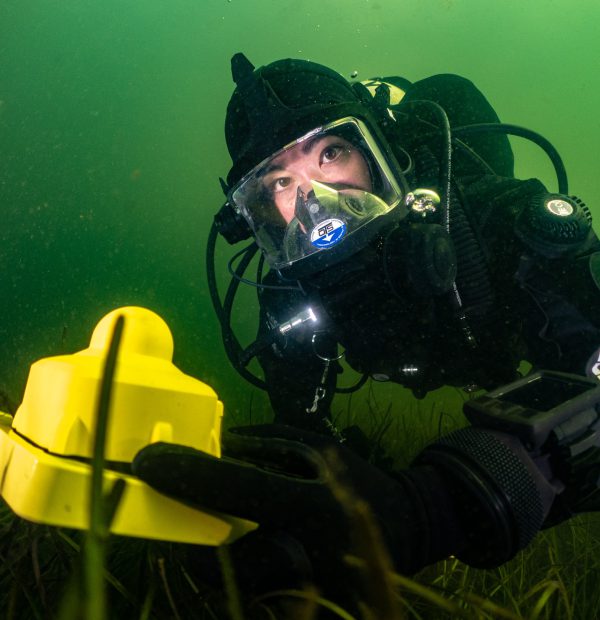
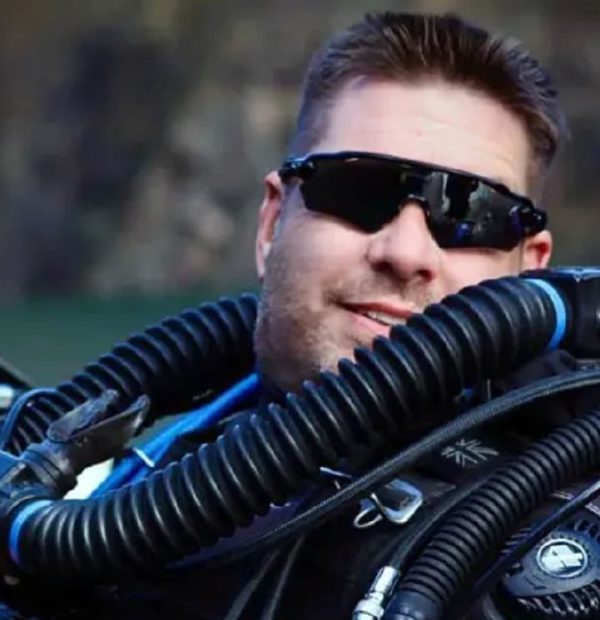
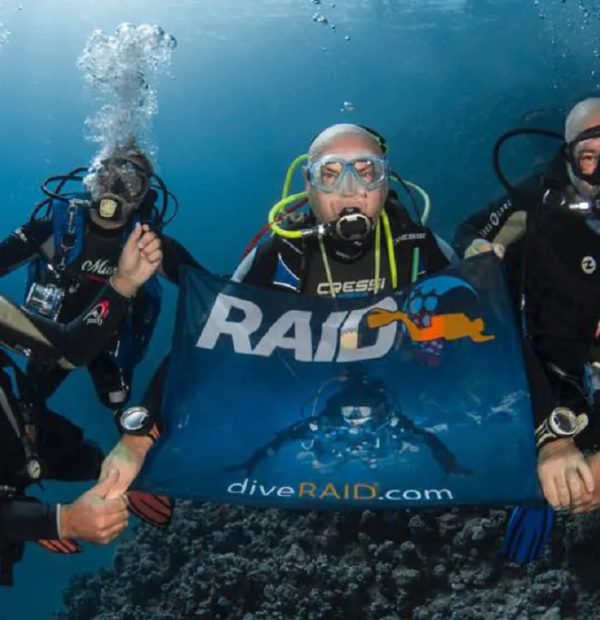
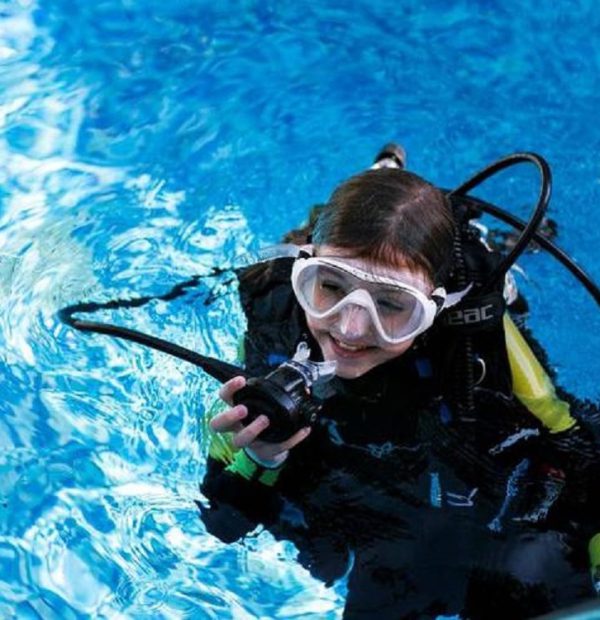

Welcome to DIVERS24.COM, your daily source of scuba news, freediving, scuba diving information, and equipment reviews. Our comprehensive coverage of the dive industry from A to Z provides you with all the latest scuba news, training updates, underwater photography tips, and everything else related to scuba diving. Whether you’re a beginner or an experienced diver looking for more knowledge about scuba gear or techniques – we’ve got it covered! With our in-depth articles written by experienced divers who have been there and done that, you are sure to find exactly what you need here at Divers24.com. Dive into scuba news today!
Underwater Media Sp. z o.o.
Szafarnia 11/F8,
80-755 Gdansk, Poland
Welcome to DIVERS24.COM, your daily source of scuba news, freediving, and scuba diving information. Sign in for a weekly news update and discount coupons for dive gear and apparel.
@2023 - underwatermedia.pl. All Right Reserved. Designed and Developed by Tworzenie stron internetowych Gdansk

The Divers24 portal is currently the largest online medium treating diving in Poland. Since 2010 we have been providing interesting and important information from Poland and around the world on all forms of diving and related activities.
Contact us: info@divers24.com